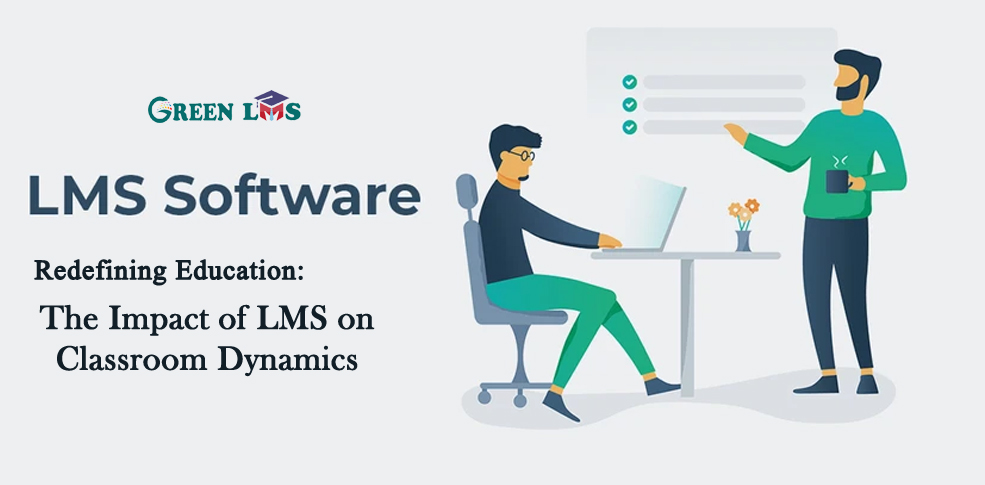In today’s fast-paced digital age, the traditional landscape of education is undergoing a profound transformation, especially with the advent of Learning Management Systems (LMS). These innovative technologies are redefining the dynamics of the classroom, offering a myriad of opportunities for both educators and students. By seamlessly integrating digital resources, collaborative tools, and interactive assessments, LMS is revolutionizing the way knowledge is imparted and absorbed.
The impact of LMS on classroom dynamics is far-reaching, fostering personalized learning experiences, promoting engagement, and equipping students with essential 21st-century skills. Additionally, educators are empowered to craft dynamic, multimedia-rich lessons that cater to diverse learning styles, ultimately fostering a more inclusive and stimulating learning environment. As institutions embrace LMS, the educational paradigm continues to shift towards a more interconnected and tech-savvy ecosystem, setting the stage for a truly transformative learning experience.
Whether it’s breaking down geographical barriers through virtual classrooms or providing real-time feedback, LMS is undeniably reshaping the future of education, propelling it into a realm of endless possibilities.
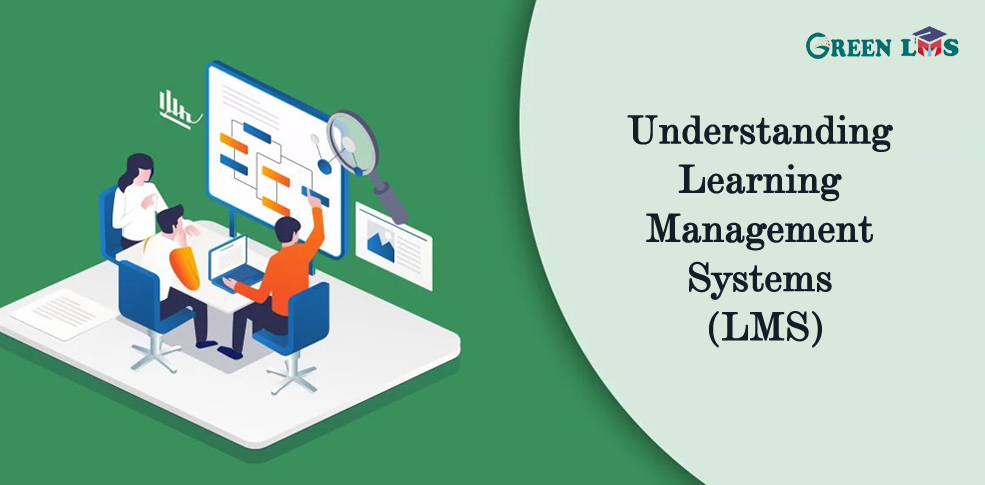
Understanding Learning Management Systems (LMS)
Learning Management Systems, or LMS, are software applications designed to administer, document, track, and deliver educational content and resources. These systems provide a centralized platform for educators to create and deliver courses, assess student performance, and facilitate communication. LMS also offer a range of features such as discussion forums, multimedia content integration, and real-time collaboration tools, enabling a dynamic and interactive learning experience for both educators and students. The flexibility and scalability of LMS make them suitable for various educational settings, from K-12 schools to higher education institutions and corporate training environments.
The intuitive interface of LMS allows educators to organize course materials, create assessments, and monitor student progress with ease. Furthermore, LMS provide a secure environment for storing and accessing learning resources, ensuring that educational content is readily available to all users. With the ability to track student participation and performance, LMS empower educators to tailor their teaching methods to address individual learning needs, ultimately fostering a more personalized and effective educational experience.
LMS platforms also support the integration of multimedia content, enabling educators to incorporate videos, interactive simulations, and other engaging resources into their lessons. This multimedia-rich approach not only captures students’ attention but also caters to diverse learning styles, making the learning experience more immersive and impactful. By leveraging the capabilities of LMS, educators can create dynamic and interactive learning environments that inspire curiosity and critical thinking among students, paving the way for a more engaging and effective educational journey.
The adoption of Learning Management Systems in the classroom offers a multitude of advantages for both educators and students. One of the key benefits of LMS is the ability to personalize learning experiences, allowing educators to tailor content and assessments to meet the unique needs of each student. Through LMS, educators can create customized learning paths, provide targeted feedback, and track student progress in real time, fostering a more individualized and adaptive approach to education.
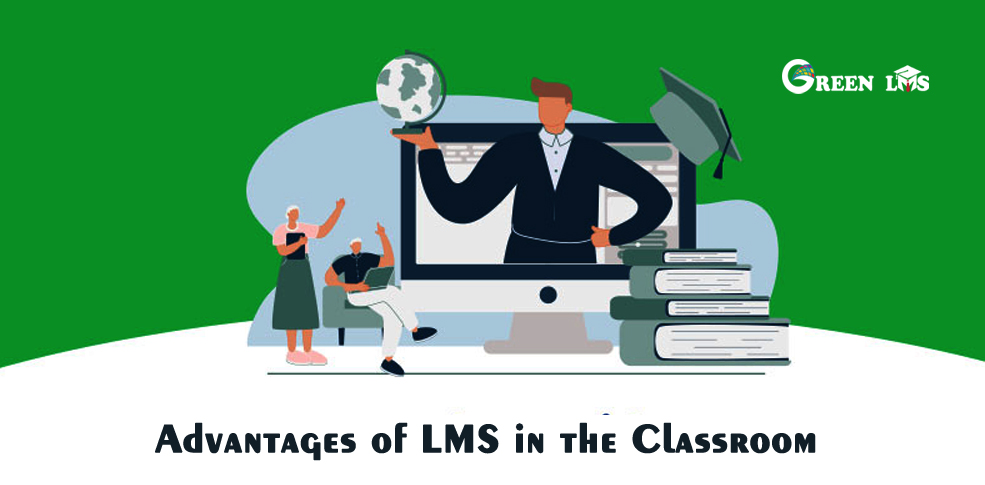
Advantages of LMS in the Classroom
In addition, LMS facilitate seamless communication and collaboration, enabling educators and students to interact in a virtual environment. Discussion forums, messaging tools, and interactive features within LMS promote meaningful engagement and foster a sense of community among learners. Furthermore, LMS support the creation of interactive assignments and group projects, encouraging collaborative problem-solving and peer-to-peer learning. By leveraging the collaborative capabilities of LMS, educators can cultivate a dynamic and interactive learning environment that transcends the constraints of traditional classroom settings.
Another advantage of LMS is their capacity to accommodate diverse learning styles and preferences. With the integration of multimedia content, interactive simulations, and gamified elements, LMS provide a rich and dynamic learning experience that resonates with students of varying backgrounds and abilities. Moreover, LMS empower students to take ownership of their learning journey, offering self-paced modules and resources that cater to individual learning preferences. By embracing the flexibility and adaptability of LMS, educators can create an inclusive and supportive learning environment that nurtures the intellectual and creative potential of every student.
Furthermore, LMS offer valuable insights into student performance and learning trends through robust analytics and reporting features. Educators can leverage data-driven insights to identify areas of improvement, monitor student engagement, and assess the efficacy of their teaching strategies. By harnessing the power of LMS analytics, educators can make informed decisions to enhance the learning experience and drive continuous improvement in educational outcomes.

LMS Statistics and Trends
The adoption of Learning Management Systems is on the rise, with a growing number of educational institutions and organizations recognizing the transformative potential of these platforms. According to recent statistics, the global LMS market is projected to reach a value of over $22 billion by 2023, reflecting the increasing demand for digital learning solutions in both academic and corporate settings.
Moreover, the COVID-19 pandemic has accelerated the adoption of LMS, prompting a significant shift towards remote and hybrid learning models. As a result, LMS providers have witnessed a surge in demand for their platforms, with educators and institutions seeking robust digital solutions to facilitate uninterrupted learning experiences. This trend underscores the pivotal role of LMS in ensuring continuity and accessibility in education, especially in times of unprecedented disruptions.
In addition to traditional academic settings, corporate training and professional development have emerged as key areas of LMS adoption. As organizations prioritize upskilling and reskilling initiatives, the need for flexible and scalable learning platforms has become increasingly evident. LMS offer a comprehensive suite of features tailored to corporate learning needs, including compliance training, onboarding programs, and skills development modules. The versatility of LMS makes them an ideal solution for addressing the evolving learning requirements of modern workplaces, driving productivity and proficiency among employees.
Furthermore, emerging trends in LMS include the integration of artificial intelligence (AI) and machine learning capabilities, enabling personalized learning recommendations, automated assessments, and predictive analytics. The convergence of LMS with AI technologies holds promise for optimizing the learning experience, identifying learning gaps, and delivering adaptive learning pathways. Additionally, mobile learning, microlearning modules, and gamification elements are increasingly being incorporated into LMS to enhance learner engagement and retention. These trends reflect the evolving landscape of digital learning and the continuous innovation driving the LMS industry forward.
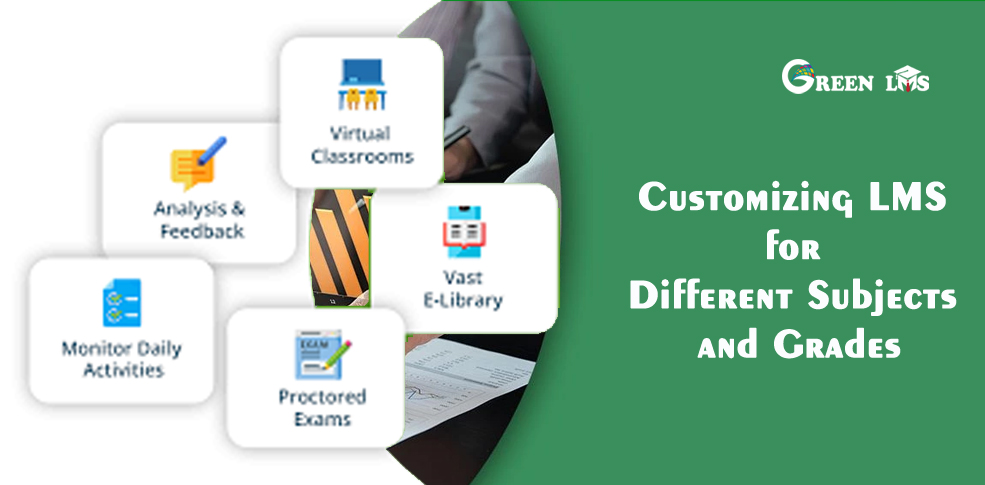
Customizing LMS for Different Subjects and Grades
Customizing Learning Management Systems to suit the requirements of different subjects and grade levels is essential for ensuring that the platform aligns with the diverse learning needs and curriculum priorities across educational contexts. Educators can tailor the content, assessments, and communication channels within LMS to cater to the specific instructional objectives and pedagogical approaches associated with various subjects and grade levels.
For subjects that require visual or interactive learning resources, such as science or art, educators can leverage the multimedia integration capabilities of LMS to incorporate videos, simulations, and interactive tutorials. By customizing the content to align with the unique demands of each subject, educators can enhance the delivery of instructional materials and provide students with a more immersive and engaging learning experience. Similarly, for language arts or social studies, educators can utilize discussion forums, collaborative writing tools, and virtual field trips within LMS to promote critical thinking, communication skills, and cultural awareness.
When customizing LMS for different grade levels, educators should consider the developmental stage and learning preferences of students at each level. For elementary grades, LMS can be customized to feature interactive games, visually appealing content, and simplified navigation to accommodate the needs of younger learners. In contrast, for middle and high school levels, LMS can offer more advanced multimedia resources, adaptive assessments, and project-based learning opportunities to align with the cognitive and academic growth of older students.
Furthermore, educators can leverage the flexibility of LMS to provide differentiated instruction and personalized learning pathways for students with diverse learning abilities. By customizing LMS to accommodate individualized learning plans, educators can create an inclusive and supportive learning environment that nurtures the academic and personal growth of all students. The customization of LMS for different subjects and grade levels underscores its adaptability and relevance in meeting the varied needs of learners across educational stages.

Overcoming Challenges in Implementing LMS
While the benefits of Learning Management Systems are substantial, the implementation process may present certain challenges that educators and institutions must address to ensure successful adoption and integration. One common challenge is the resistance to change among educators who are accustomed to traditional teaching methods. Overcoming this resistance requires effective communication, professional development opportunities, and opportunities for educators to witness the tangible benefits of LMS in enhancing the teaching and learning process.
Another challenge in implementing LMS pertains to technical infrastructure and support. Educational institutions need to ensure that they have the necessary hardware, software, and network capabilities to support the seamless operation of LMS. Additionally, providing ongoing technical support and training for educators and students is crucial for maximizing the potential of LMS and mitigating potential technical hurdles.
Moreover, the alignment of LMS with curriculum standards and learning objectives poses a significant challenge, as educators must ensure that the platform complements and enhances the established educational goals. Integrating LMS into the existing curriculum in a cohesive and meaningful manner requires careful planning, collaboration among educators, and a clear understanding of pedagogical objectives.
Furthermore, considerations related to data privacy, security, and compliance with regulatory requirements are paramount when implementing LMS. Educational institutions must prioritize the protection of student data, secure access controls, and adherence to data protection regulations to maintain the integrity and confidentiality of educational information within LMS.
Addressing these challenges necessitates a comprehensive approach that encompasses stakeholder engagement, professional development, technical infrastructure readiness, and strategic planning. By proactively identifying and overcoming obstacles in the implementation of LMS, educators and institutions can pave the way for a seamless and impactful integration of digital learning technologies into the educational landscape.
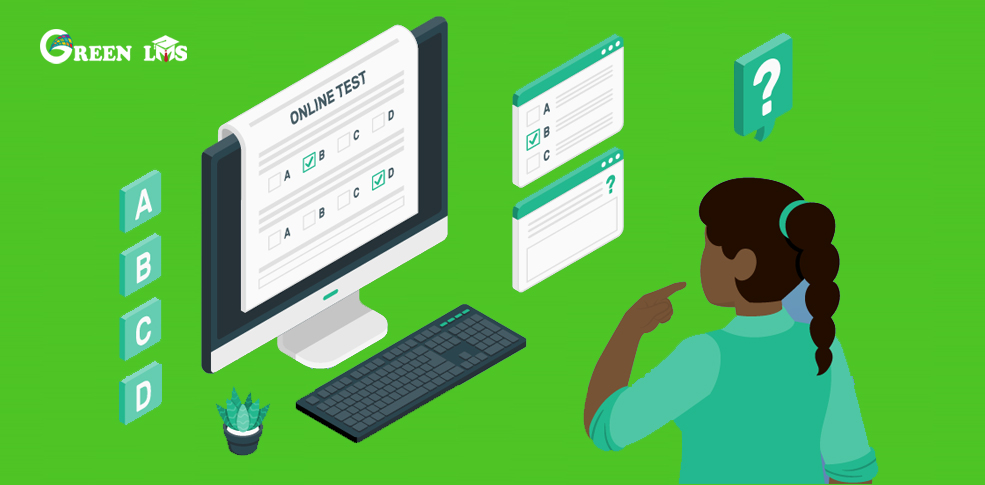
Evaluating the Best LMS Platforms
When evaluating the best Learning Management Systems for educational or organizational needs, several key considerations come into play. The selection of an LMS platform should align with the specific requirements, objectives, and technological capabilities of the institution or organization. As such, educators and decision-makers should conduct a comprehensive assessment of various LMS platforms based on their features, usability, scalability, and support services.
One of the primary factors to consider when evaluating LMS platforms is their user interface and intuitive navigation. A user-friendly interface and seamless navigation are essential for ensuring that educators and students can easily access and utilize the features and resources within the LMS. Additionally, the ability to customize the interface and personalize the user experience contributes to the overall usability and adoption of the LMS platform.
Scalability and flexibility are critical factors in selecting an LMS platform, particularly for institutions or organizations with diverse learning needs and evolving technological requirements. The LMS should offer the flexibility to accommodate varying user volumes, course structures, and content types, ensuring that it can adapt to the changing demands of the educational or training environment. Furthermore, the integration capabilities of the LMS with existing technology infrastructure, learning tools, and third-party applications should be assessed to gauge its interoperability and compatibility.
Another vital consideration when evaluating LMS platforms is the range of features and tools they offer to support diverse learning and teaching requirements. From assessment and grading functionalities to collaboration and communication tools, the LMS should provide a comprehensive suite of features that align with the pedagogical objectives and instructional methods of educators. Additionally, the availability of analytics and reporting capabilities within the LMS is essential for tracking student performance, monitoring engagement, and deriving actionable insights for continuous improvement.
Support and training services provided by the LMS vendor are integral to the successful implementation and utilization of the platform. Educators and administrators should assess the availability of technical support, training resources, and ongoing updates and maintenance offered by the LMS vendor to ensure a seamless and responsive user experience. Furthermore, considerations related to data security, compliance, and data ownership rights should be carefully evaluated to safeguard the privacy and integrity of educational information within the LMS.
By conducting a thorough evaluation of LMS platforms based on these considerations, educators and decision-makers can make informed decisions that align with their educational vision and technological requirements. The selection of the best LMS platform lays the foundation for a cohesive and impactful digital learning environment that enhances the teaching and learning experience.
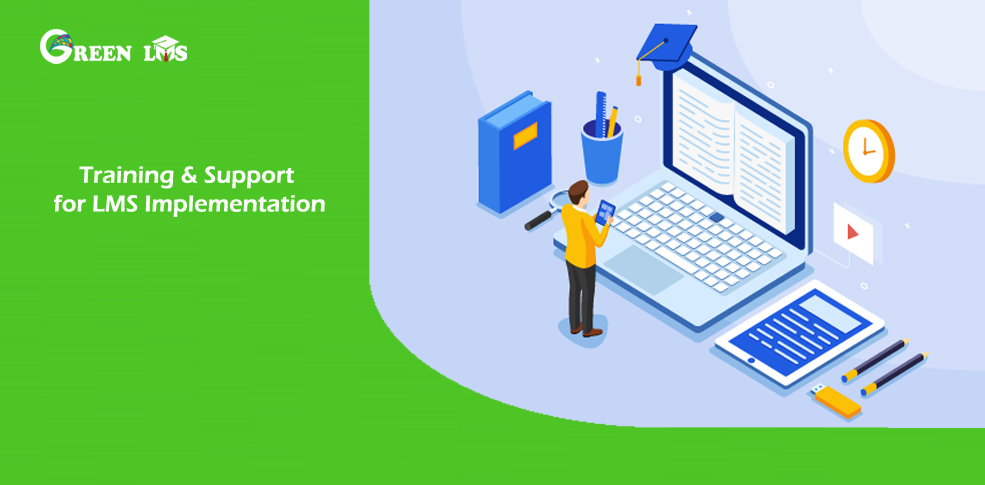
Training and Support for LMS Implementation
The successful implementation of Learning Management Systems hinges on the provision of comprehensive training and support for educators, administrators, and students. Effective training and support services are essential for equipping users with the necessary skills, knowledge, and confidence to leverage the full potential of LMS and maximize its impact on the teaching and learning process.
Training programs tailored to the specific features and functionalities of the LMS platform are instrumental in familiarizing educators with the tools, resources, and best practices for creating engaging and interactive learning experiences. Hands

LMS and Remote Learning
Effective implementation of a Learning Management System (LMS) requires comprehensive training and support for educators and administrators. Training programs should focus on familiarizing users with the functionalities of the LMS, including content creation, assessment tools, and communication features. Additionally, support resources such as user guides, tutorials, and help desks should be readily accessible to address any issues or queries that may arise during the integration of LMS into the educational setting.
Furthermore, ongoing professional development opportunities should be provided to ensure that educators are equipped with the necessary skills to leverage the full potential of the LMS. This may involve workshops, peer learning communities, and mentorship programs aimed at enhancing pedagogical strategies and technological proficiency. By investing in robust training and support mechanisms, educational institutions can facilitate a smooth transition to LMS and empower educators to harness its capabilities for enriched learning experiences.
Incorporating LMS into the educational framework is not merely a technological upgrade, but a strategic endeavor that demands careful planning, resource allocation, and continuous evaluation. Institutions must align their LMS implementation strategy with the overarching educational objectives, ensuring that the technology amplifies the quality and accessibility of learning experiences. Moreover, collaborative partnerships with LMS providers and educational experts can offer valuable insights and best practices for optimizing the integration of LMS within specific educational contexts.
The successful implementation of LMS hinges on a holistic approach that encompasses technical infrastructure, pedagogical alignment, and user engagement. Institutions must establish clear governance structures, data security protocols, and scalability plans to support the sustainable deployment of LMS. Additionally, regular feedback mechanisms and performance evaluations should be integrated to gauge the effectiveness of LMS and identify areas for refinement and enhancement. By fostering a culture of continuous improvement and adaptability, educational institutions can leverage LMS as a catalyst for positive educational transformation.
Conclusion
The surge in remote learning propelled by global events has underscored the pivotal role of Learning Management Systems (LMS) in facilitating seamless and effective virtual education. LMS serves as the digital backbone of remote learning, offering a centralized platform for course delivery, content dissemination, and interactive collaboration. Through LMS, educators can transcend geographical barriers and deliver engaging and interactive lessons to students across diverse locations, fostering a sense of global connectivity and inclusivity.
Moreover, LMS empowers educators to curate diverse multimedia resources, interactive assessments, and real-time feedback mechanisms, thereby enriching the remote learning experience. Students can access learning materials at their convenience, engage in virtual discussions, and receive personalized guidance from instructors, transcending the limitations of traditional classroom settings. The adaptability and scalability of LMS enable educational institutions to pivot seamlessly between in-person and remote learning modalities, ensuring continuity and quality in the delivery of education.
Furthermore, LMS serves as a repository of educational data and analytics, enabling educators to track student progress, identify learning gaps, and tailor interventions to meet individual learning needs. The insights derived from LMS analytics not only inform instructional strategies but also contribute to the holistic development of students by fostering a data-driven approach to personalized learning. As remote learning continues to evolve, LMS remains an indispensable tool for nurturing dynamic and impactful educational experiences, transcending physical boundaries and redefining the contours of contemporary education.
Explore the potential of this cloud-based LMS firsthand by signing up for a free lifetime Business LMS with a user limit. This allows you to experience the full scope of features that Green LMS provides, and to assess if it is the right fit for your critically important community and voluntary sector training and learning needs. Green LMS is a perfect fit. Experience the best of next-gen learning with a free trial of this cloud-based LMS. Discover more about LMS for Business, LMS for Universities, LMS for Schools, LMS for Business, and LMS for Corporate. Secure your Free LMS Trial of this Cloud-based solution today.

